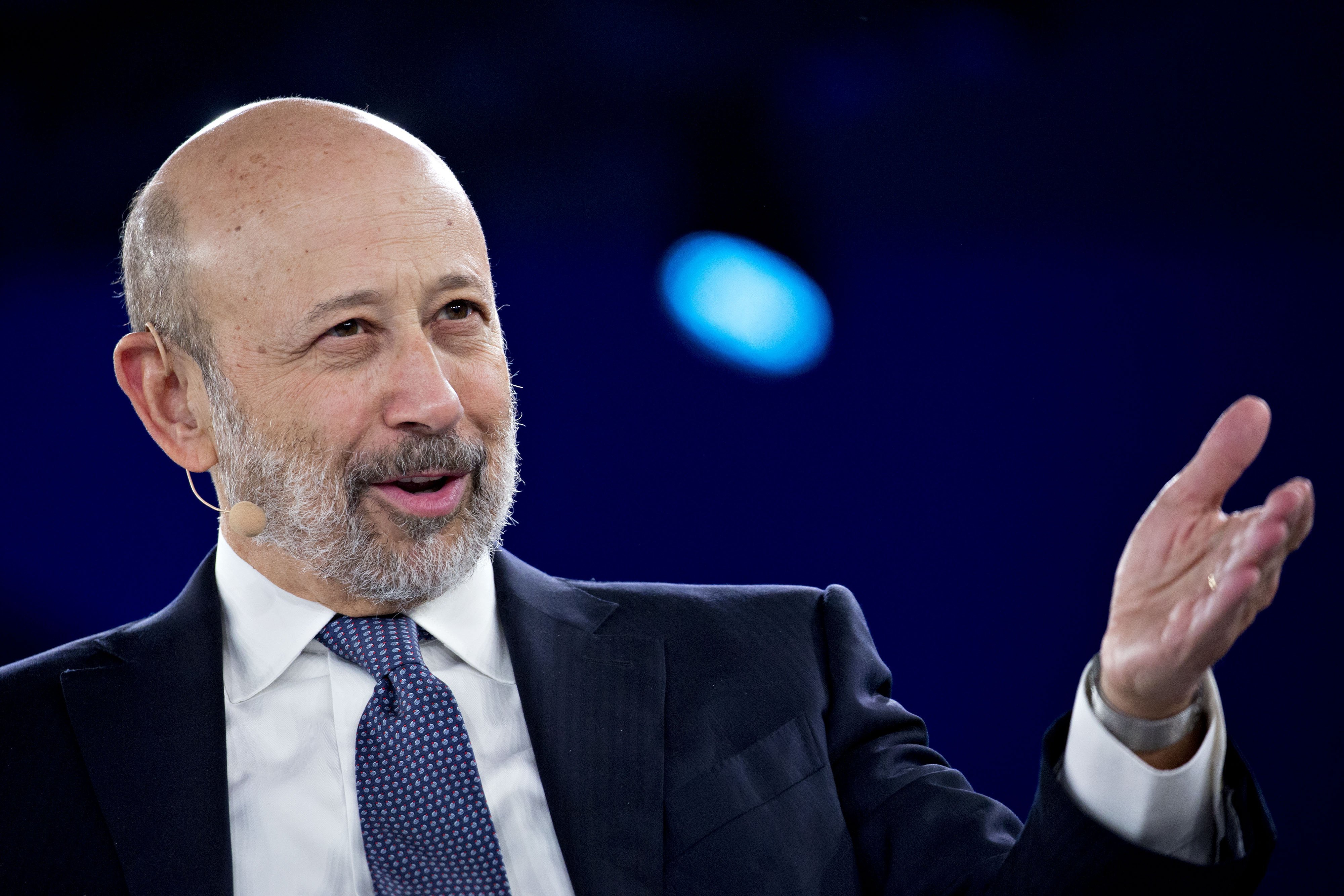Outgoing Goldman Sachs CEO Lloyd Blankfein has tweeted 43 times. About six of those tweets have been quoted in the FT, and no doubt elsewhere. What advantages does Twitter offer someone who commands such a big stage, and are there lessons of value for CEOs of lower profile companies?
Here are five of those FT-quoted tweets:
“Just left Frankfurt. Great meetings, great weather, really enjoyed it. Good, because I’ll be spending a lot more time there.”
“Here in UK, lots of hand-wringing from CEOs over #Brexit. Better sense of the tough and risky road ahead. Reluctant to say, but many wish for a confirming vote on a decision so monumental and irreversible. So much at stake, why not make sure consensus still there?”
“It’s a moral imperative to stop separating families. Also, must legislate/compromise on broader immigration. Failure to deal w/ complexities has led to instability in Europe, e.g. #Brexit; elections in Italy, Germany. See my remarks yesterday @EconClubNY.”
“Arrived in China, as always impressed by condition of airport, roads, cell service, etc. US needs to invest in infrastructure to keep up!”
“Today's decision is a setback for the environment and for the U.S.'s leadership position in the world. #ParisAgreement”
Blankfein has mainly been commenting on big topics, not the detail of investment banking or client matters. For a firm like Goldman, a strong view on Brexit or Trump is now less risky than commenting on an industry or company, much less its own performance. Among Blankfein’s tweets are a few (boring) congratulatory ones to people like the outgoing CEO of GE. He doesn’t get into potentially sensitive matters, such as the status of the Aramco listing for example – nor would you expect him to.
Blankfein gave some insights into his approach in a recent FT:
“I never thought I would tweet — I thought it was too dangerous.” But he was frustrated because “I didn’t recognise the picture that was painted of me in the media then. Now people see I have a personality, that I joke.”
He went on to say:
“If I had 1,000 words it would be bland, but in 140 characters your character comes through and you are forced to commit. It’s a risky thing, but being forced to commit is good.”
The FT’s interviewer, Gillian Tett, suggested that Blankfein was trying to bypass the media. That’s true in part, but what interests me most is how effective a media relations tool this became for him, as it has arguably, on a much bigger scale, for Trump.
Twitter has two advantages when used in this way:
The shortness of the format makes ‘constructive ambiguity’ possible – ambiguity that can look contrived in longer form text, and is harder to pull off in an interview. You can float an idea (does he favour a second referendum?) but leave it hanging. This is useful for CEOs who don’t want to be pigeon-holed too tightly. He’s only partly right to say that the short form forces you not to be bland. Certainly tweets have to be memorable to get the media interested, as many of Blankfein’s are, but short form Twitter gives an exquisite degree of control. In wise hands it’s actually less dangerous than many types of media engagement.
Secondly, the format gives reporters a short quote, fully controlled by the tweeter, with no immediate opportunity to come back with difficult questions. They can either take it or leave it. Certainly, they’re more likely to take it if you’re CEO of Goldman Sachs. And if you were to consistently only tweet, and were never available to answer any questions, that would become a problem. But on balance, the format can provide extra, well controlled media coverage as part of a media programme.
Blankfein’s now got 97,000 followers, no doubt many in influential positions, though that is only a fraction of the follower numbers of some tech CEOs. Most of those, though, are much blander, with ghost-handled accounts, and thus are not using Twitter powerfully as a media relations tool. Certainly no other financial services CEO is tweeting from a personal account in quite such a distinctive fashion as Blankfein.
There are also plenty of CEOs who tried Twitter and got bored or burnt, like Rupert Murdoch or Marc Andreessen.
And just as some people are much more likely to crash a car, Elon Musk is an outstanding example of how not to use Twitter. It’s hard to see from his case that Twitter is inherently more dangerous than other forms of media interaction. Musk’s aggressiveness with analysts on an earnings call should remind us that for Musk it’s not really a channel problem.
If done well, does this type of tweeting work for other business leaders? If you search the phrase “wrote on Twitter” in the FT, you get about 270 items over the last few years. The great bulk are political, but some are from business leaders. Here are a couple:
Rupert Harrison of Blackrock (who has the advantage of having been Osborne’s chief of staff) is an effective tweeter on financial policy and has had tweets quoted in the FT. Last year, for example, he was quoted saying that Andy Haldane was the MPC member “with the highest volatility”, adding: “Best guide to Andy’s positions seems to be what will most annoy the Governor . . . ”
More recently, Deutsche’s head of communications, Jörg Eigendorf, had a tweet quoted saying that “by definition, Cerberus hasn’t been activist with us. And for the time being they cannot be — even if they wanted to.”
It’s hard to see that Harrison’s quote would have worked as easily via a press release or interview. And while the Deutsche tweet was, no doubt, run through compliance, it has a directness and candor that might not have worked so well in a more formal medium.
What does this tell us for a business leader seeking to use Twitter for media relations? Some thoughts:
• Personality gets you coverage – corporate handles are almost never quoted, individual ones are. But if you’re not in Blankfein’s league, then some element of engagement – responding to some other tweets – is needed to appear engaged.
• Twitter can become a powerful news distribution feed – if journalists are following you. So follow reporters, analysts, influencers as well as industry peers. Invest in Twitter and build a following before you start to need it either proactively or reactively.
• Timeliness matters in commenting on events, and even in a 24-hour news cycle, morning tweets are still helpful and more likely to be spotted and quoted.
• Remember you are not talking to the media alone – what you say on Twitter needs to work for all your audiences. But being memorable like Blankfein is what will get you quoted more often.
• Have things to say that are relevant to your industry or role. Be realistic. Work out what is credible for you, what you can comment on, where you can build authority.
• Think about developing a tone of voice and credible points of view. To help your thinking - how would you talk to someone you met at a business networking event? You wouldn’t be derogatory, you wouldn’t disclose confidential information. You would (hopefully) have some personality and say some interesting things on your field or industry. That’s a way to think about how to tweet to interest the media.
And Blankfein? When his successor was announced in July, he retweeted the news with the comment: “Looking forward to unrestrained tweeting!” His last tweet to date.
Let’s see.
PHOTO: ANDREW HARRER/BLOOMBERG NEWS

